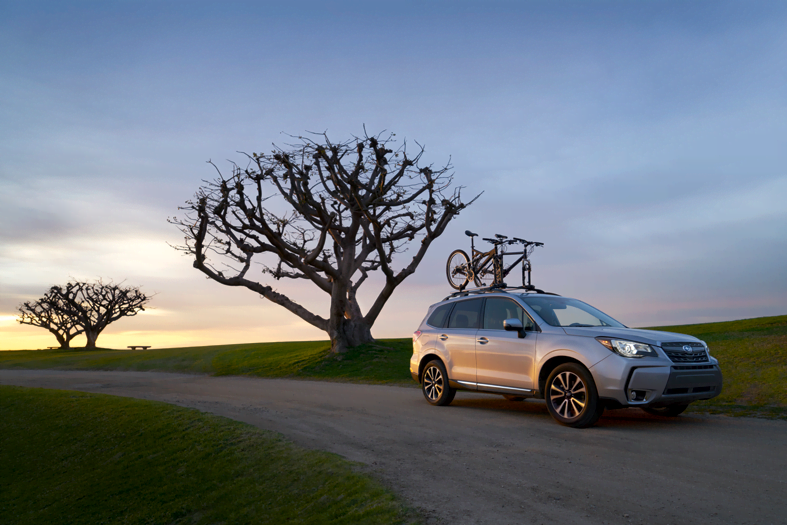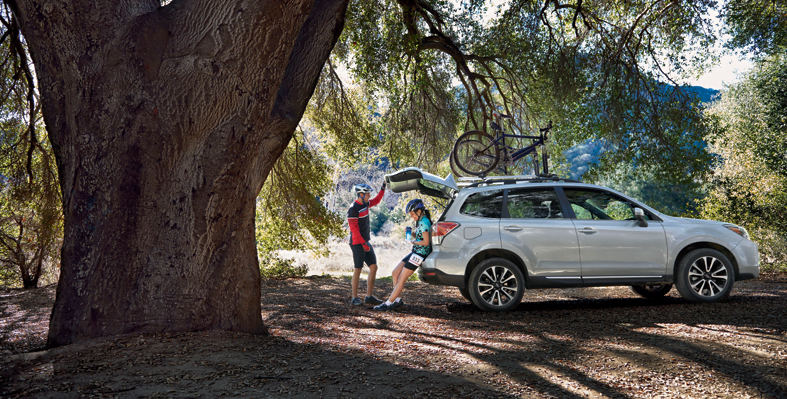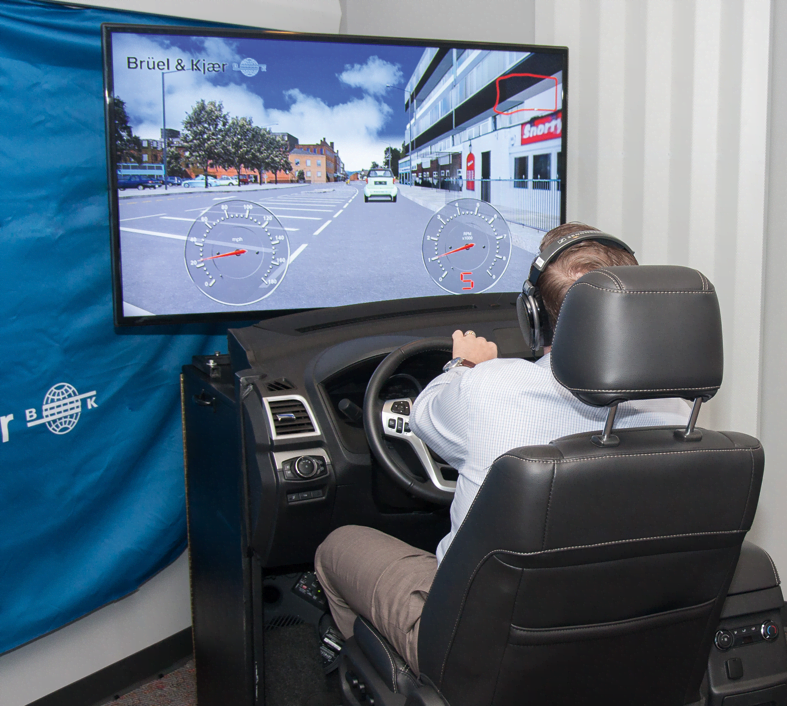Subaru is clearly growing significant market share and customer loyalty in the US. Sales of the Outback model increased by 22.7% through the first three months of 2016, compared to the same period in 2015, and December 2016 represented the best month ever for Subaru of America, topping off the best year in the company’s history in terms of both sales and market share.
Subaru has been investigating the way its customers expect their cars to sound and has made some very interesting and useful discoveries about how sound volume, character, and response expectations are quite different for customers driving its traditional sedans, wagons and SUVs compared to customers of its sporty models – even in some cases where the same people own both cars.
Sound preferences
Car customers are increasingly concerned about acoustics and this is a major factor when developing new products. The relationship between sound quality metrics and human perception is not fixed, and customer expectations can certainly change over time.
In general, as overall quality improves, vehicle manufacturers are putting a lot of effort into specific attributes of their products to better align vehicles to meet customer expectations. But how can manufacturers ensure they are delivering what customers want from their vehicles in terms of NVH performance and character?
Strong partnership
Ryan Plum, Manager in the Body & Vehicle Evaluation Department at Subaru, says: “The US is our biggest market and we have indeed experienced a lot of growth here. We want to keep that momentum and keep in touch with our customers’ needs and preferences going forward.”
“We have a long history of trusting Brüel & Kjær’s measuring equipment in our testing,” says Ryan Plum, “and we have worked with them over the years as technical partners in our pass-by noise testing and sound source testing. With its engineering experience and outstanding state-of-the-art 4WD NVH chassis dynamometer, Brüel & Kjær quickly became a trusted partner for us. And the close proximity of the Application Research Centre (ARC) to our Research and Development office in Ann Arbor made it a natural fit.”
“The ARC represents a huge value for us,” continues Katsuyoshi Tanaka, General Manager of the Engineering Department at Subaru Research and Development. “Having access to a world-class facility when we need it – along with the operational expertise and hardware availability – is important for a small company like Subaru. The large inventory of testing hardware and the knowledge to use and apply it in innovative ways gives us a strong partner to rely on when we need it.”
Source path contribution
To understand sound and vibration strengths and weaknesses, Subaru has been conducting numerous in-depth studies of both its competitors and its own vehicles – with both subjective and objective measurements.
Identifying the sources of vibroacoustic emissions that drivers both hear and feel is essential to creating comfortable vehicles. One way to understand how vibrations develop from the source into passenger impact is to analyse the transfer path or the source path contribution (SPC). This can provide insights into the origins of sound, tracing them back to the root cause, such as a specific engine mount.
In 2016, a road noise SPC project was conducted with Brüel & Kjær’s Global Engineering Services on a Subaru prototype vehicle, under several different operating conditions. The goal was to build a test-based SPC model to predict the noise contributions from different sources and to identify the dominant sources and paths affecting these contributions. The analysis identified structure-borne/airborne and front versus rear contributions and the results were analysed to determine the dominant sources and paths that contribute to the receiver’s experience.
“We’ve been able to find and attack unwanted NVH characteristics from a very detailed and specific methodology. The SPC testing has been effective in both issue discovery and modelling of the subject car, moving into different techniques and strategies to attenuate any issues,” explains Ryan Plum.
North American jury study
To ensure that the prototype met North American customers’ expectations, another project was developed to create a sound quality target. A subjective jury evaluation using the Brüel & Kjær NVH Simulator was carried out. The goal was to build a jury test with 5 vehicles with different sound characteristics (3 measured vehicles and 2 digitally modified vehicles) to deter-mine customer preferences for engine sound characteristics.
The NVH Simulator accurately recreates the noise and vibration of a vehicle in an interactive environment. Users can experience and evaluate the sounds and vibrations of a real or virtual vehicle while ‘driving’ through a virtual scenario. The simulator responds to the driver’s input, reproducing the correct sound and vibration for the vehicle parameters, in conjunction with a representative visual scenario. Just as in a real vehicle, the stimuli are affected by changes in the road surface, vehicle speed, engine speed and throttle position.
“In a neutral, relaxing and even fun environment, the results from our customer clinics using the NVH Simulator have helped us learn the likes and dislikes of customers in a way that is easy for everyone to understand – from the experienced NVH engineers in the company to executives,” explains Ryan Plum.
Performance and comfort
Brüel & Kjær’s simulator module (the VSound™ System) was also used to help identify users’ preferences while driving the actual vehicle. “Using the sound simulator, we’ve run clinics to check the blind preferences of drivers in both our performance segments and the more standard segments – so it’s not just about performance, but also comfort,” explains Ryan Plum.
VSOUND
“We’ve been able to fine-tune our current sounds to try different things and also create completely new ‘virtual vehicles’ to explore how far we can push things in terms of aggressive or sporty sounds that customers want in their daily driven vehicle. In some cases, we’ve also received really strong feedback about what our customers do not want.”
“It’s really a powerful tool – and the fact that it is integrated with the upstream engineering and discovery work is fantastic,” says Katsuyoshi Tanaka. “A stop by the ARC to try out the simulator has become a required stop for any visiting NVH engineer when they come to Michigan!”
Continuing to listen and learn
Subaru is using the results from the various studies to decide which sound and design technologies to use, and which are not cost-effective considering customers’ needs within different segments. “We continue to use these studies to help us determine the ideal engine characteristics for a segment. It can save us a lot of time and money and also help to avoid a complete ‘miss’ when designing or tuning a vehicle’s sound package,” says Ryan Plum.
“We are eager to expand our relationship with Brüel & Kjær. With each new project, we gain in-creased confidence in their abilities and the value it represents to Subaru. We have a few projects in the pipeline – including new directions of collaboration and also a continuation of the work we have already done,” concludes Ryan Plum.
RELATED ARTICLES

뉴스레터를 구독하고 소리와 진동에 대한 최신 이야기를 만나보세요




